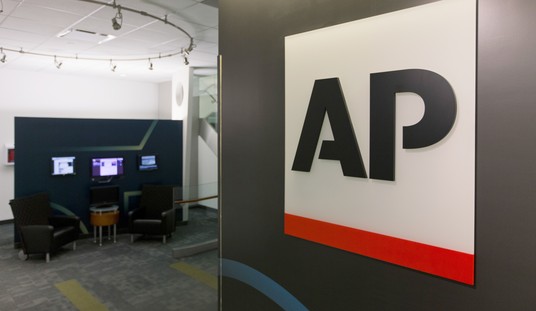A left-wing San Francisco journalist (is there any other kind of journalist in that crumbling city?) set out to debunk all the horrible right-wing talking points about her beloved metropolis.
Elizabeth Weil wrote the article for one of the East Coast’s most prestigious publications — New York Magazine. But instead of debunking what the rest of the country was saying about San Francisco, Weil ended up confirming most of the nasty, shocking, pitiful, gross, maddening things outside observers were saying about her city.
In fact, she felt compelled to pen an apology to the residents of San Francisco.
“I’m sorry. I know. There’s always some story in the east-coast press about how our city is dying. San Franciscians hate — HATE — these pieces. You’re a stooge and a traitor for writing one. When I set out reporting, I wanted to write a debunking-the-doom piece myself. Yet to live in San Francisco right now, to watch its streets, is to realize that no one will catch you if you fall. In the first three months of 2023, 200 San Franciscans OD’ed, up 41 percent from last year. ‘It’s like a wasteland,’ the guard said when I asked how San Francisco looked to him.”
Weil writes of the “doom loop” that is a post-pandemic phenomenon that San Francisco may be the poster child for.
The doom-loopy vision laid out for downtown SF was not pretty: Workers don’t return, offices remain empty, restaurants shutter, transit agencies go bankrupt, tax bases plummet, public services disappear. According to research from the University of Toronto, cell-phone activity in downtown SF is 32 percent of pre-pandemic levels. That number is 75 percent in New York.
The night the Chronicle published its doom-loop article, Manny’s, an event space in the Mission, hosted a public discussion on what to do about the death spiral. The panelists tried to sound optimistic. “We just need to fix San Francisco’s dysfunctional permitting system!” “We can find an affordable way to turn some of the office space into housing.” “We should fund artists to repopulate downtown!”
The office vacancy rate in San Francisco is at a record high of 30%. This has contributed to the “doom loop” in a big way.
San Francisco has seen an explosion in homelessness which worsened considerably during the pandemic; its homeless population ballooned from 12,249 to 19,086 between 2016 and 2020, according to the San Francisco Chronicle, citing city government data. The city has also struggled with rampant crime, open drug use and brazen organized shoplifting which has forced many retailers in the city to close up shop.
The tech industry the city was once known for has made massive layoffs and drastically cut back on office space in San Francisco since 2020, and among tech CEOs, “everyone with brains” has left, Weil wrote. CashApp founder Bob Lee had moved to Miami, but was stabbed to death while visiting San Francisco in April.
Forty years ago, I visited San Francisco several times. The city was rockin’. The energy was exploding out of buildings. Unlike L.A., where laid-back Angelinos sauntered down the street in no hurry to get anywhere, San Franciscans walked briskly and with a purpose.
And it was beautiful. The green hills, the mountains, the Bay, the cable cars. And at night, there was no better place to be if you were young.
And today?
Meanwhile, the Blick security guard kept texting me videos. He needed someone to see what he was seeing out there, on his patch of Market Street, between Fifth and Sixth. Did I know how the black markets worked? Had I walked down Market Street at night? Did I know that some of the street addicts were rotting, literally: their decomposing flesh attracting flies. The Anthropologie, where he used to work, announced it would close. “What it really feels like living in San Francisco is that you’re lying to yourself,” he said. “Oh, I live in San Francisco. It’s so nice. When you walk by the junkies you’re like, They don’t exist. they don’t exist. You’re lying to yourself.”
Disappearing restaurants, disappearing tech companies, disappearing retail stores — who’s left? Weill spoke to upper-class San Franciscans who are in total denial and who think that the city can turn itself around with a few tweaks.
Meanwhile, the junkies are rotting in the streets. I guess if you can’t smell them, they don’t exist.










Join the conversation as a VIP Member